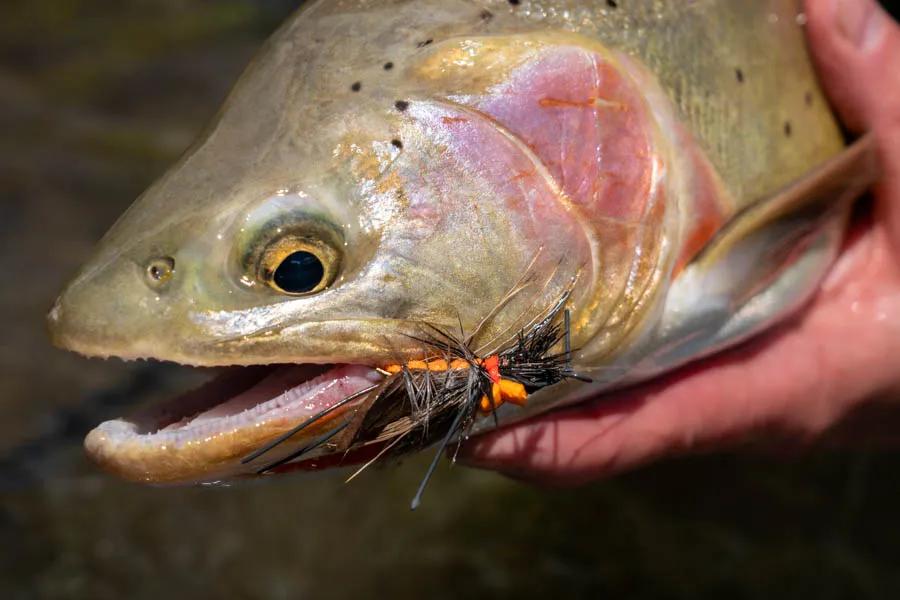
If you enjoy going fly fishing in Montana, we are sure you have heard of the salmonfly hatch. For most anglers and many Montana fly fishing guides, the salmonfly hatch is one of the most highly anticipated hatches of the year. And, for good reason--the adult insects are so large, often times the largest trout of the summer season throw caution to the wind and rise to eat these big adult insects. Some years the anticipation is worth the wait because it results in long days on the water watching large trout slurp in 3-inch long dry flies, but some years due to uncontrollable factors such as weather and streamflows, the anticipation is all the excitement we get. However...you can control having the right fly on the end of your fly line when that magical moment occurs of being in the right place at the right time and a large trout snarfles your fly.
Here are the 5 Best Salmonfly Dry Fly Flies for Montana
Before we get into the exact patterns, let's cover a few basic things to have and to know before you start chasing Montana trout with these large dry flies. First, be sure to know your fly floatants, dressings, and desiccants. Use a liquid floatant first and saturate the fly, but be sure to let the fly fully dry before getting it wet. Next you can coat the fly with a gel floatant. After fishing for awhile and the fly starts to sink or after you a catch a fish, use a high quality desiccant or drying powder then repeat the liquid soak and allow it to fully dry and then add the gel floatant again. It is handy to have another fly at the ready so you don't have to wait for your original fly to fully dry. Second, dial in your cast and learn a reach cast. This is crucial to success when fishing the salmonfly hatch in Montana.
Now...onto the meat of the salmonfly fly pattern sandwich.
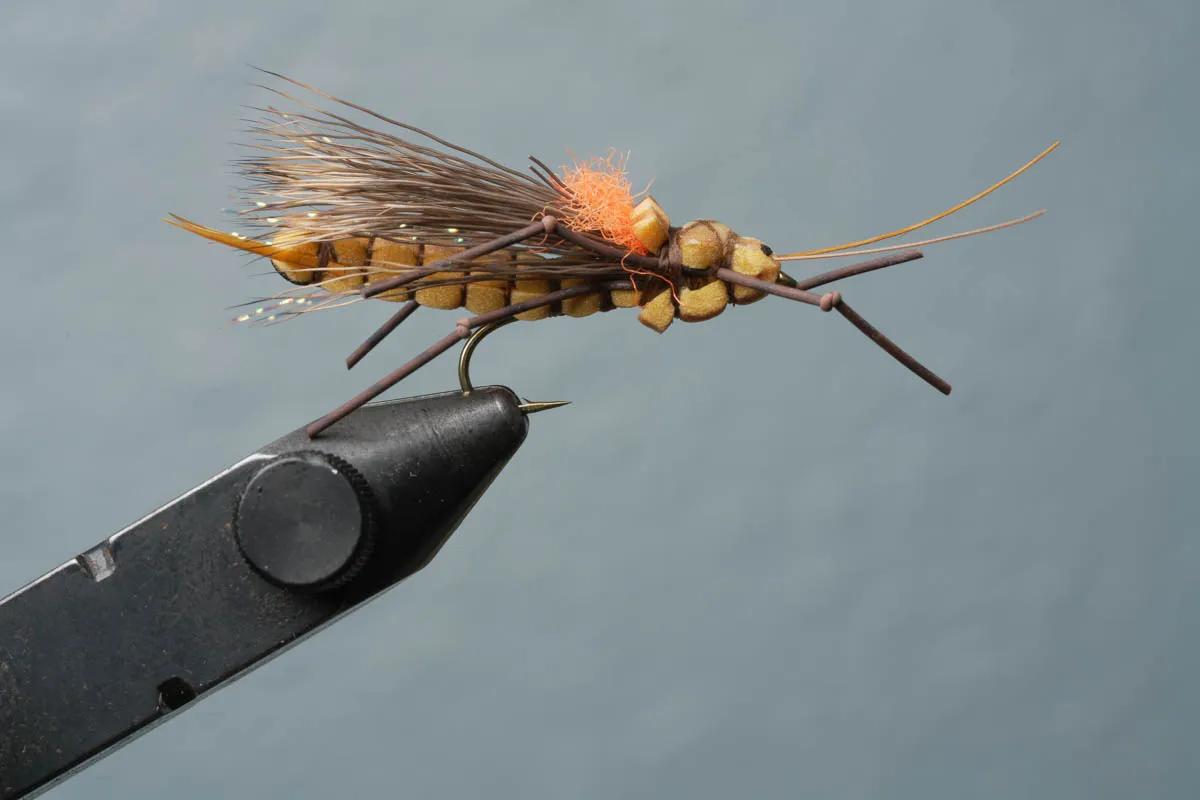
The Fluttering Stone
The original Fluttering Stone was created by legendary angler Gary LaFontaine and his pattern was a variation of the original Sofa Pillow. These days the Fluttering Stone refers to full foam bodied pattern tied with very realistic legs similar to the ones in the Moorish Hopper. The deer hair wing also helps keep it afloat and in the wing are a few strands of Krystal flash. The flash gives the appearance of movement so it looks like a fluttering wing. A small chunk of brightly colored foam and poly yarn on the back makes it easy to see. From a trout's perspective of looking up at the fly, the orange foam tied into the foam body creates a very lifelike segmented body. Additionally, this pattern floats high and very well it is a good choice when fishing a dropper. Whether you are fishing early season salmonflies on the Smith River or seeking out the last of the hatch in the Black Canyon of the Yellowstone, the Fluttering Stone is a legit option.
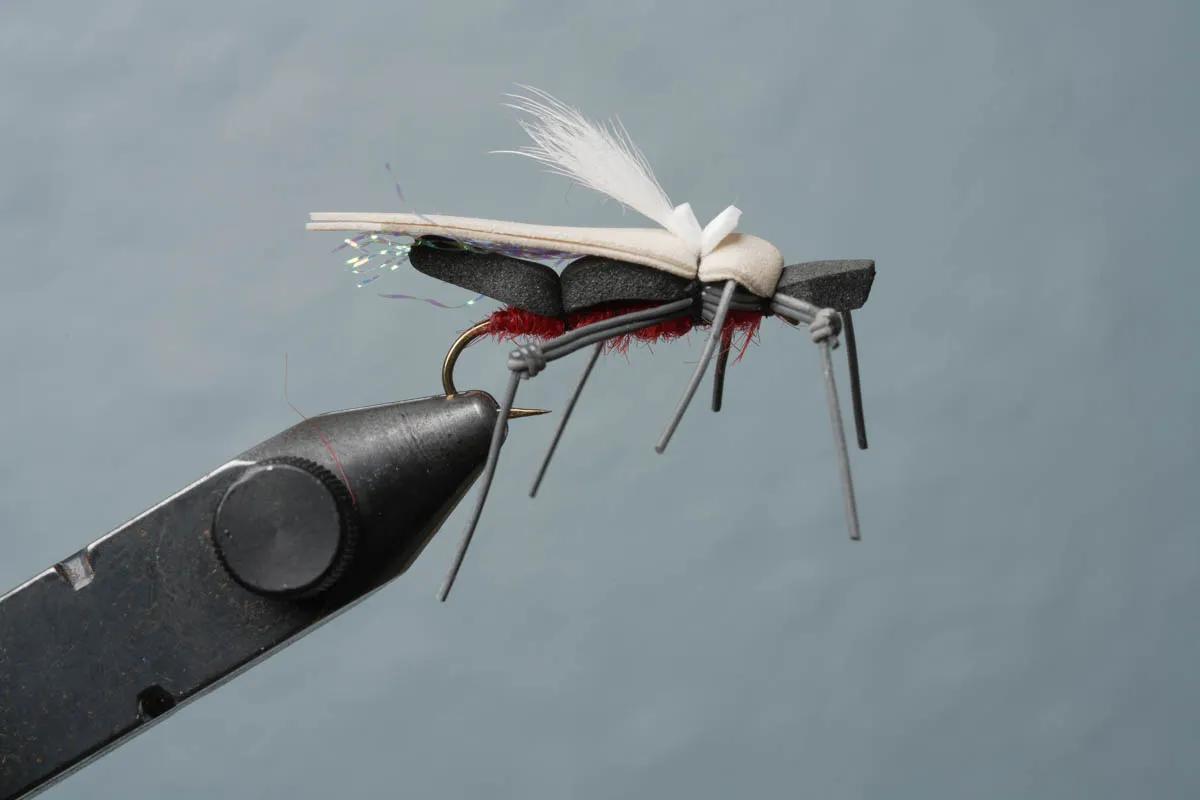
The Water Walker
For most of the early 2010s the Water Walker was one of Montana fly fishing's best kept secrets. Created by longtime Snake River guide and outfitter, Will Dornan, the Water Walker is one of our guides' favorite salmonfly patterns when fish are keying on adults. Tied very sparsely with minimal, yet effective materials, this fly works great as a single dry fly. The legs are very lifelike and provide just enough subtle movement to entice a fish to strike. We haven't asked Dornan himself where the namesake comes from, but our guess is because the paper-thin foam wings have movement as the fly drifts in the current OR perhaps it is because this fly is so effective it is almost like Jesus and so magical it could walk on water. Whatever the reason, if your fly fishing calls for fishing in Montana anytime in June and July, be sure to have some Water Walkers.
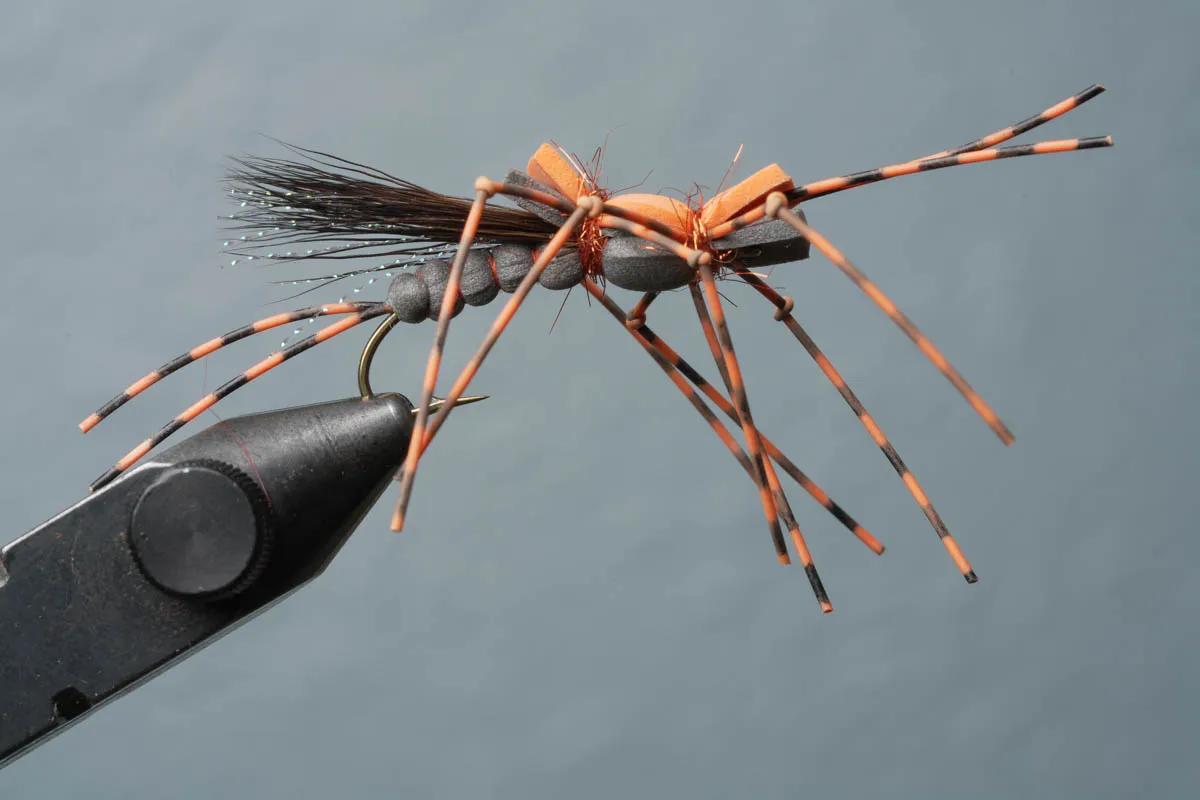
The Impala Stonefly
The full name of this fly is the '64 Impala because it cruises low like Drew and Snoop riding in "their 64." This fly is not bulky and doesn't float a dropper very well because of the abundant legs and sparse materials. The Impala shines when the hatch has been around for a few days and the trout are becoming selective to adult patterns. For example on Montana's Madison River the Impala is a go-to pattern when you want to fish a dry fly but the fish have already seen Water Walkers and Chubby Chernobyls for several days or weeks. It is named perfectly because this fly sits lower in the water compared to many other patterns. If you are fishing the Impala watch your fly carefully because even though it is a large dry fly, it sits slow in the surface film and those large gangsta browns will discreetly slurp this fly.
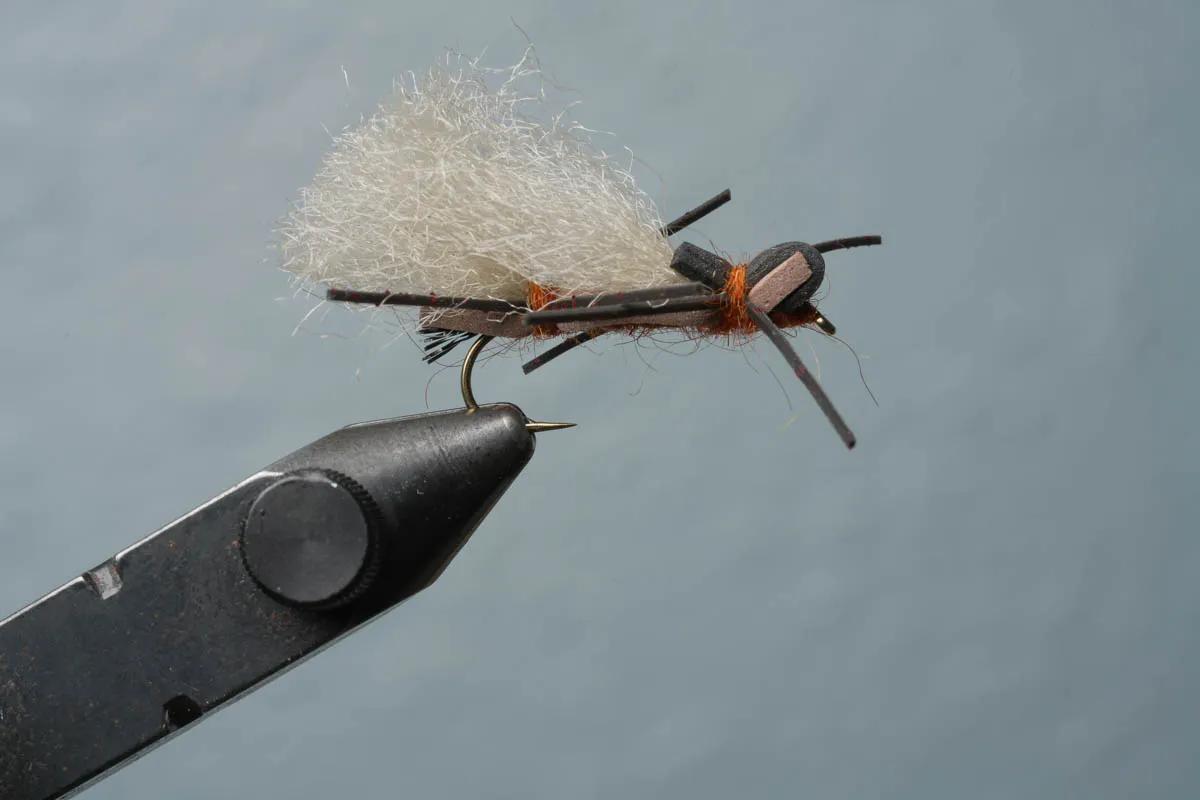
The Henry's Fork Salmonfly
Compared to the Impala and the Water Walker, the Henry's Fork pattern is the old man of this bunch. Just like the creator of this fly, Mike Lawson, the applications of this fly are legendary. From fishing it as a high-floating dry fly with a dropper to modifying it by trimming the wing and fluffing out some of the body's thick dubbing, it can be fished as a solo, low-riding dry fly when fish switch from crashing adult insects to being more selective and sipping bugs in the surface film or slightly submerged. This fly is very similar to a Chubby Chernobyl, but the Henry's Fork salmonfly is tied with a head that is more similar to a bullet-head than the flat head of Chubby. Many Montana fly fishing guides love Lawson's nearly perfect naturally colored dubbing as well.
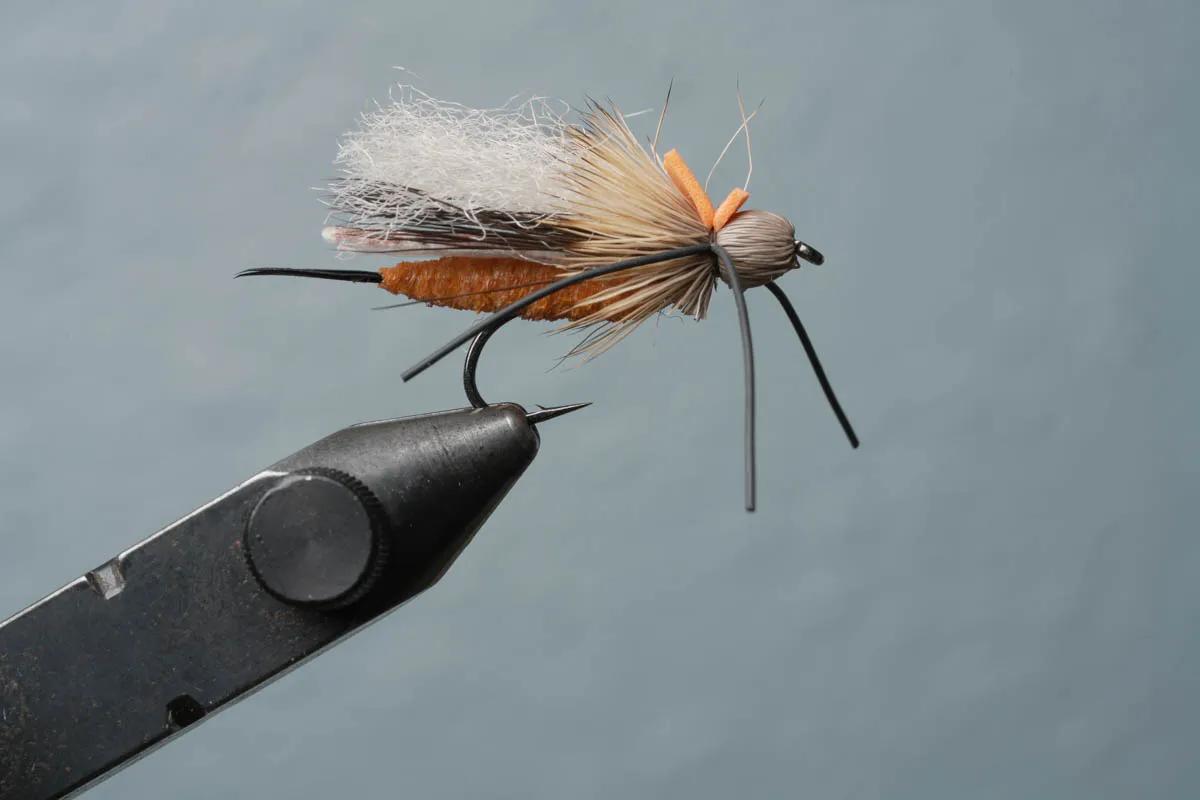
The Carnage Stone
We couldn't have a "best fly pattern" article and leave Adam Trina out of the mix. The former Montana Fly Company owner, Trina's patterns have probably brought a smile to nearly every angler...and the Carnage Stone is no exception. With a fully foam body and created with just the right amount of segmentation, this fly looks very close to a living salmonfly but it also rides high. It is a good fly for using a dropper because the body and wing are both foam. The poly wing on the Carnage stone also helps to keep it floating. Of all the flies on this list, this is hands-down the best fly for fishing a dry-dropper rig and can float relatively heavy nymphs. With two wings and plenty of foam--usually one light and one dark--this fly can cover a lot of bases so it is a very popular pattern for fishing the salmonfly hatches on many of Montana's rivers.
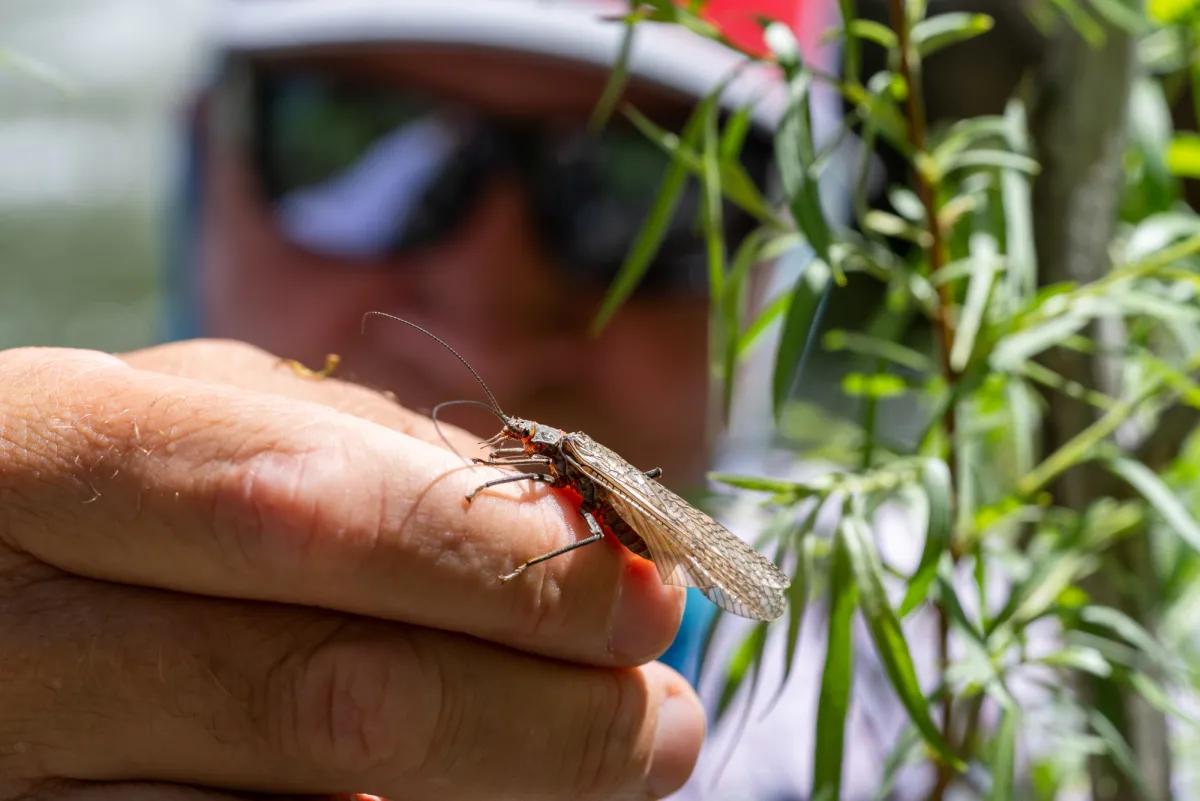
Montana is home to some of the world's best fly fishing rivers and creeks for fishing the salmonfly hatch. Many anglers plan their summer fishing around this exciting hatch. While the debate still exists as to when the best time fish the hatch is--some like it just before the hatch, some like it during, and some say to fish after the hatch--one thing that this is certain: to get the most out of fly fishing in Montana during a salmonfly hatch you need to be armed with the right flies. These 5 best flies for fishing the salmon fly hatch in Montana help you enjoy your fly fishing in Montana.
